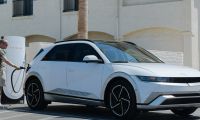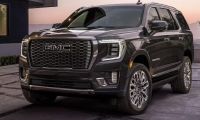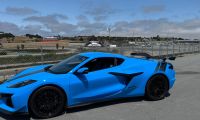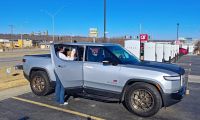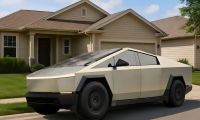Just a few years ago, the thought of vehicle “intelligence” was the realm of science fiction and fantasy work. Whether in the movies or print, story after story told of the marriage of technology to the very things we took for granted.
Once the realm of science fiction
For example, perhaps you read an article – in print or online – that suggested the cars that would be in our driveways at some imagined future date would drive themselves if you chose not to take the wheel. Because of rapidly advancing technology, these vehicles would be incredibly safe, helping to cut the carnage on the roads – about 36,000 KIAs in traffic accidents – while they would almost be friends, helping us to learn while we were in the cars or helping us just to relax.
That future has come into better focus thanks to a partnership between Volkswagen and Nvidia. The companies revealed their vision for how AI and deep learning will shape the development of a new generation of Volkswagen vehicles. The chiefs of the automaker and the computer firm discussed how artificial intelligence is changing the car industry. Dr. Herbert Diess, Volkswagen chief, and Jensen Huang, founder, and head of Nvidia used Volkswagen’s new I.D. Buzz as their example.
The Buzz is Volkswagen’s modern take on the automaker’s iconic MPV of the 60s. It was a vehicle that could serve as a camper, delivery vehicle or family machine. Today’s Buzz is the MicroBus reimagined in electric form. AI tech fills the Buzz from front to rear and in the cockpit and self-driving.
AI is “revolutionizing the car”
In an interview, Diess called Artificial Intelligence a force that “is revolutionizing the car. Autonomous driving, zero tailpipe emission mobility and digital networking are virtually impossible without advances in AI and deep learning.”
Diess continued that by “combining the imagination of Volkswagen with Nvidia, the leader in AI” tech will enable “us to take a big step into the future.”
Huang told a reporter that in “just a few years, every new vehicle should have AI assistants for voice, gesture and facial recognition, as well as augmented reality. Working with Volkswagen, we are creating a new generation of cars that are safer, more enjoyable to ride in than anything that has come before, and accessible to everyone.”
One outcome that is on the I.D. Buzz which has been stuffed full of AI tech. The Buzz’s “Intelligent Co-Pilot” capabilities, which are to include convenience and driver assistance systems based on processing sensor data from both inside and outside the car. The systems can gain new capabilities as further developments occur in autonomous driving. And, thanks to “deep learning,” the car of the future will learn to accurately assess situations and analyze the behavior of others on the road, enabling the vehicle to make the right decisions.
Technology based on Nvidia Drive IX platform
Underpinning this technology is the Nvidia Drive™ IX Intelligent Experience platform. It builds on AI-enabled features such as facial recognition to unlock a vehicle from outside. The tech provides driver alerts for bikes, gesture recognition for user controls, natural language understanding for voice control and gaze tracking for driver distraction alerts.
The I.D. Buzz is part of the I.D. family with which VW will launch its electric car campaign. The automaker plans to gradually introducer autonomous driving capabilities starting in 2020. VW intends to have more than 20 fully electric vehicles – based on the MEB car architecture – by 2025. VW’s goal is to become the world leader in electric cars.
Source: Volkswagen
.








